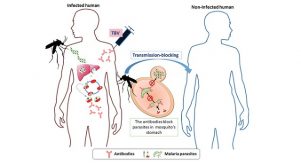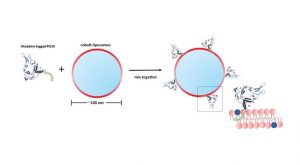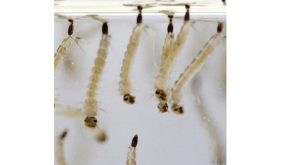Moving forward
Another valuable feature of the cobalt liposome is that we can attach a variety of proteins from different stages of parasite development to create a particle that triggers the production of many types of antibodies – each targeting a unique part of the parasite. Our results showed that five distinct malaria proteins could be attached to the liposome surface.
The antibodies from mice immunised with liposomes carrying multiple proteins recognised many stages of parasite development. The results seem promising. In the future we plan to explore the safety of this vaccine and whether it will work for different species of malaria.
Our next step is to test our vaccine in other animals. Eventually the aim is to translate this technology to human clinical trials and assess whether the liposome technology and the transmission blocking vaccine strategy is an effective tool for preventing the spread of malaria.
****
Wei-Chiao Huang is a Ph.D. Candidate in the Biomedical Engineering Department, University at Buffalo, The State University of New York & Jonathan Lovell is Associate Professor of Biomedical Engineering, University at Buffalo, The State University of New York
 The Independent Uganda: You get the Truth we Pay the Price
The Independent Uganda: You get the Truth we Pay the Price






